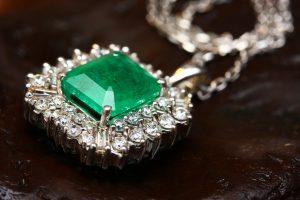Prada Buys Versace for $1.4 Billion—What It Means for Fashion
In a sartorial merger that blends sensual sex appeal with the intellectual uniform, Prada has officially purchased Versace for €1.25 billion (approximately $1.4 billion). What is arguably the biggest fashion acquisition of the year, the deal was announced early this morning following months of whispers and negotiations. Besides the flashy dollar signs, the buy has created a major cultural moment between two aesthetically opposed but nonetheless legendary Italian brands.
For Prada, Versace represents a totally different mission from its current brands, Prada, Miu Miu, and Luna Rossa, that are flourishing underneath Miuccia Prada’s all-encompassing umbrella. Though each label within the group is well-staffed by teams of in-house designers, and Prada is notably designed in collaboration with co-creative director Raf Simons, Versace brings a refreshing wild-card energy to the concentrate that is the beloved but austere Prada aesthetic.
For Versace, the deal both literally and symbolically represents a return to Italy. Since 2018, the brand has been owned by the American company Capri Holdings alongside Michael Kors and Jimmy Choo. The transfer of ownership effectively bets big on the value of being “Made in Italy,” especially amidst the currently constantly changing global trade war.
In March, Donatella Versace stepped down as the brand’s designer in a surprise announcement during the fall/winter 2025 season after nearly 30 years of leadership. Dario Vitale will take her place marking the brand’s first-ever non-family appointment (the move is not too dissimilar from Simons’s position under Miuccia’s wing). Though no longer at the helm, she has publicly lauded the acquisition. “I am absolutely delighted for Versace to become part of the Prada family. Gianni and I have always had a huge admiration for Miuccia, Patrizio and their family,” Versace wrote in an Instagram post. “I am honoured to have the brand in the hands of such a trusted Italian family business and I am ready to support this new era for the brand in any way that I can.”
According to the Prada Group, Versace will retain independent design and leadership. From the outside, it seems the brand’s DNA and authenticity will remain intact, giving Vitale full reign to reignite the house as he sees fit. However, will Versace dip its toe in the office siren aesthetic? Will Prada suddenly borrow from the early 2000s-era slinky cuts? Or will we see the “Fendace” collaboration get reprised as “Pradace”? As the industry watches the two iconic names embrace, these questions lie in wait.






